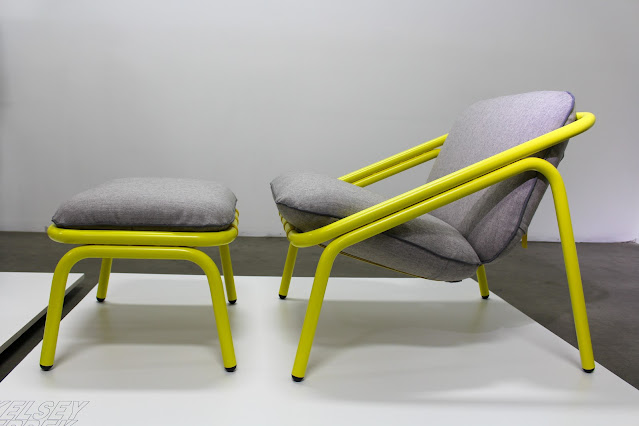Personal Fabrication: part 3.. The Disadvantages
The Disadvantages of Personal Fabrication
Abuse
What if people use desktop manufacturing to make weapons or products to hurt others? As with any tool, it could be used for malevolent purposes. This capability, combined with the ease of internet file transfer could mean the simple creation of destructive devices.
Intellectual property protection problems
How does this affect patent protection when a design could be easily copied just as a music file can be copied today? Does it devalue the work of the designer? How can 3D data files be protected, or only allowed to be fabricated a limited number of times? Here is where coordination with software developers and programmers will be necessary.
Cost
Part cost is much higher than a mass-produced part, so the value of the part must be justified. This is not a process for everyday commodity objects. It only is feasible for applications that utilize its inherent advantages. This gap, however will narrow as the technology advances.
Material limitations
The materials available for rapid prototyping are limited in diversity and structural properties. For example SLA parts tend to warp over time and FDM parts are limited to ABS thermoplastics of a single color. The texture of these parts is rough compared to injection-molded parts, which limits its application potential. Any product made with these materials would have to be designed specifically to meet these challenges and exploit their positive attributes.
 |
| 3D printed graffiti piece by Yale Wolf |
Abuse
What if people use desktop manufacturing to make weapons or products to hurt others? As with any tool, it could be used for malevolent purposes. This capability, combined with the ease of internet file transfer could mean the simple creation of destructive devices.
Intellectual property protection problems
How does this affect patent protection when a design could be easily copied just as a music file can be copied today? Does it devalue the work of the designer? How can 3D data files be protected, or only allowed to be fabricated a limited number of times? Here is where coordination with software developers and programmers will be necessary.
Cost
Part cost is much higher than a mass-produced part, so the value of the part must be justified. This is not a process for everyday commodity objects. It only is feasible for applications that utilize its inherent advantages. This gap, however will narrow as the technology advances.
Material limitations
The materials available for rapid prototyping are limited in diversity and structural properties. For example SLA parts tend to warp over time and FDM parts are limited to ABS thermoplastics of a single color. The texture of these parts is rough compared to injection-molded parts, which limits its application potential. Any product made with these materials would have to be designed specifically to meet these challenges and exploit their positive attributes.



Comments
Great topic. prototyping will have huge effect i feel and quite soon.
From my little knowledge of economics I can see how home prototyping may have a very negative effect.
If in a progressive situation where, say a significant amount of people can download and manufacture at home. That could mean that for normal manufacturers production costs inflate. Meaning people who can't afford the equipment may be left out and normal products for them become more expensive.
Creating a further rift within society. I feel that as designers we need to consider these effects as well.
Though this is just one idea amongst many optimistic ones.